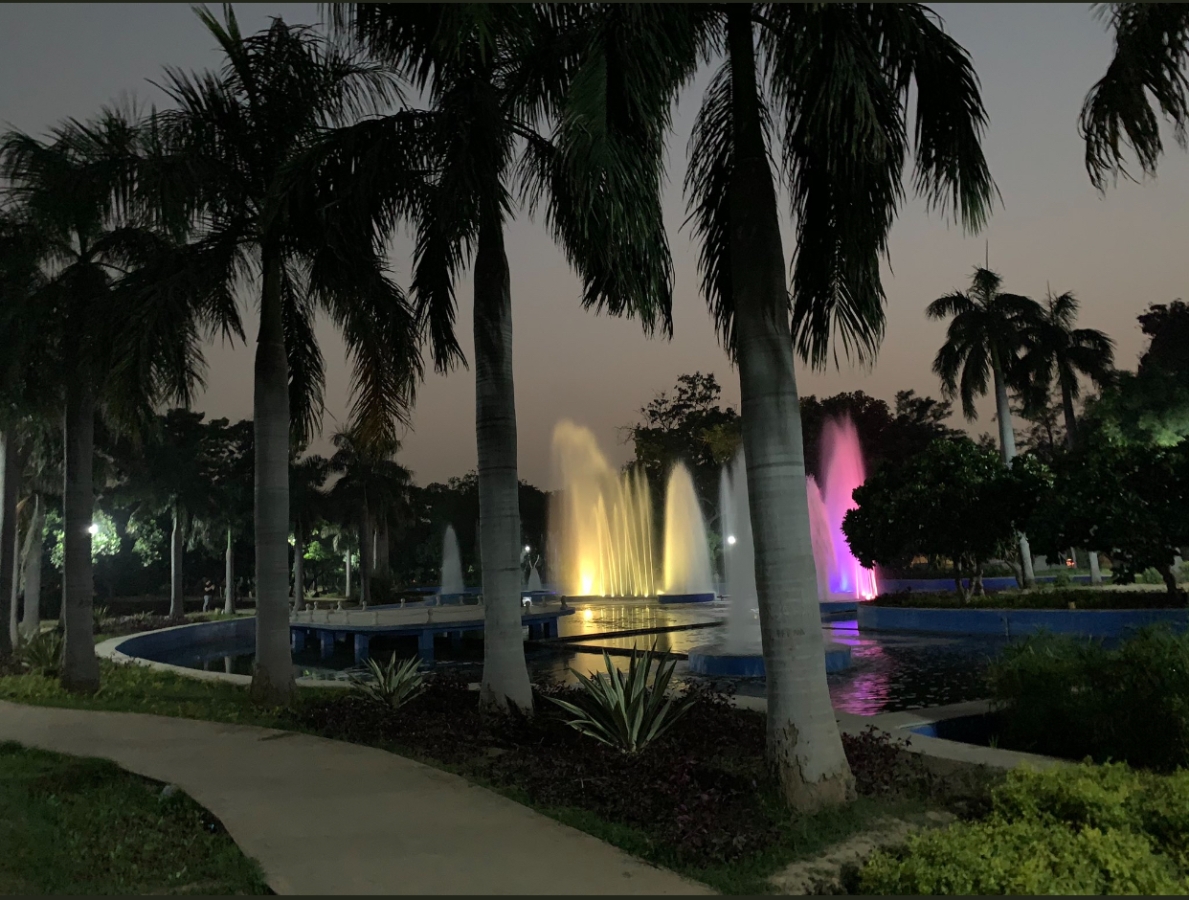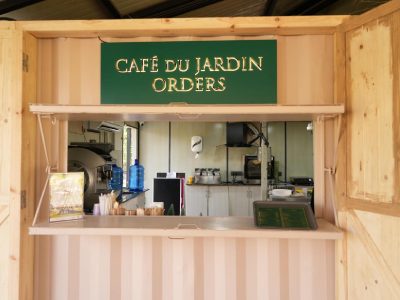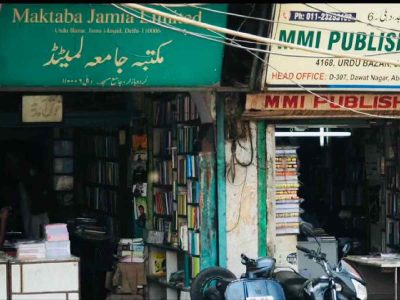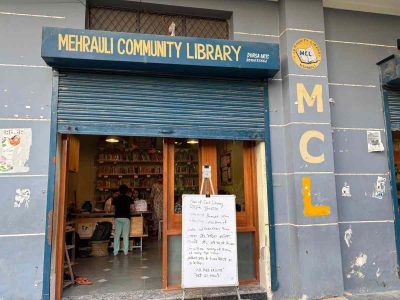Nehru Park is getting a facelift that will change it in many ways
Nehru Park is one of the most underrated parks—an 80-acre rectangular green patch on the map of Delhi that extends for a few km—in the heart of the diplomatic area in Chanakyapuri. It’s a popular venue for cultural events at this time of the year and is also the favourite walking/running venue for diplomats and bureaucrats alike who find Lodhi Garden too crowded for a peaceful brisk walk.
Lately, the New Delhi Municipal Corporation or the NDMC has revived the lake in the middle of the park that has led to the rival of people’s interest in the park as a picnic spot. Also, dancing colourful fountains have been installed that make the experience of visiting the park after the sunset even more beautiful.
NDMC is giving the park a facelift, and has developed a part of it that extends from Gate number 3 as a “cultural spot”. And to add to the aesthetics and the novel factor, a stage is being built for cultural programmes in the middle of a water body. A public announcement is only to be made after a formal inauguration, but the colourful fountains mesmerise the regular walking party. Also, a new 3 km walking track is being added to the park.
Richard is part of a European mission in Delhi and he likes to go for a run in the evening, or when time permits. Now that the air pollution levels are on the rise with the advent of winters, he seems to be in two minds. “I want to run but will see how long that would be possible. My eyes are already itchy,” he says.
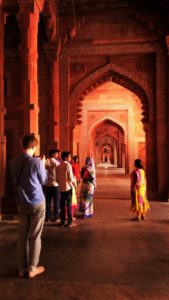
A tall man with a slender frame Richard is a collector of artwork, particularly interested in the tribal art of India. He also is an admirer of Carnatic Music and is taking weekly online classes. He has made many local friends and wants to come and stay in Kerala after his official assignment is over to learn yoga and get Ayurvedic treatment. His skin is very sensitive to sunlight and is prone to, as both his parents had skin cancer.
He compares Nehru Park to big green belts in the middle of cities in Europe, particularly Germany, and calls it the “lungs of the city” and he likes to see how people come and picnic, especially from the poorer sections of the society who live in cramped houses in congested localities. “I spend an hour daily here, even when I’m not jogging. I feel it’s my quality time to bond with the city and its people.”
He is bemused to see couples sitting behind the bushes and trying to steal few moments of intimacy, “Romance is such a luxury in a certain section of the society,” he empathizes with them.
However the complexion of the park changes after sundown. The portion of the park towards the Ashoka Hotel is a famous gay cruising spot. “It used to be a popular pick-up point, but now because of the police surveillance fewer people are risking it here,” says Roshan, a graduate student in a college in Delhi and claims to be bisexual.
This can be very risky, and after sundown, the number of men roaming around in the park increases. “They are checking out on each other but no one is willing to make the move,” explains Roshan.
Every place has its peculiarities, Nehru Park as a gay pickup zone is popular with expats who have a fetish for darker skin. Also, the rich Indians are looking to pick up younger men for money, and expats are in big demand.
Arthur is a 27-year-old American scholar who is a frequenter to Delhi as is enrolled in a PhD programme in political science and is interested in Indian local self-government. He likes to be with men. He’s in an open relationship, his partner lives in California.

He too is a regular at Nehru Park. “I like to hang out with new people but it’s not all about sex…,” he explains over a skype conversation. He’s critical of how people approach him in Nehru Park, “They seem to be desperate and looking for quickies and are not interested in knowing the person,” he seems judgemental in the way he speaks.
He is forthright to admit that he has a fetish for wrestlers, and sexuality to him is “A potent urge to know better, understand better,” he tries to explain the reason for his late evening jog in the Nehru Park. Unlike many locals, he is not standing by a tree, or ambling along the road and checking out people. He jogs all the time, and only towards the end of his run, he stops to ask people some pointed questions. “I’m a very matter of fact person. I ask directly: What do you like to do?” he narrates and if he is convinced, offers, “I have a place.” He lives in Defence Colony in shared accommodation, currently is back in the US.
Arthur knows that being white is a privilege and some locals have warned him that policemen roam around in plain clothes and there are gangs of thugs who blackmail people and fleece money. “To be a closet gay in India is a big trouble,” he says. Arthur has been lucky so far, for “I’m always jogging and doesn’t interact much and that’s why don’t gain much attention. I leave the park immediately after I have picked a man,” he says, “It’s not difficult to get Indian men to bed,” he says with an air of superiority.
This new initiative of the NDMC to develop the park and make it a tourist attraction will attract crowds. “The advantage of a big wooded park that offers some privacy, now will be lost,” worries Roshan. Arthur is not so pessimistic, “Nehru park has a charm of its own and there’s space for everyone.”

